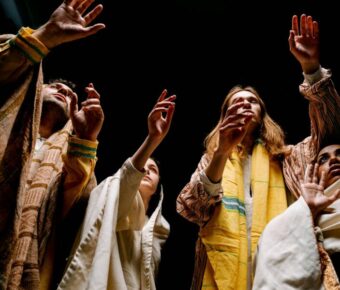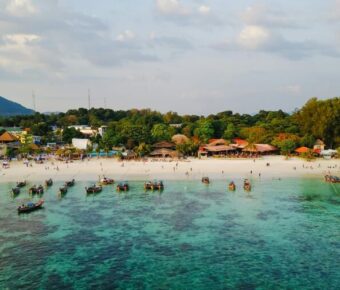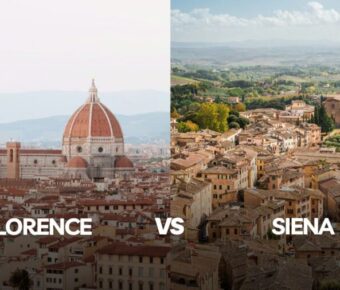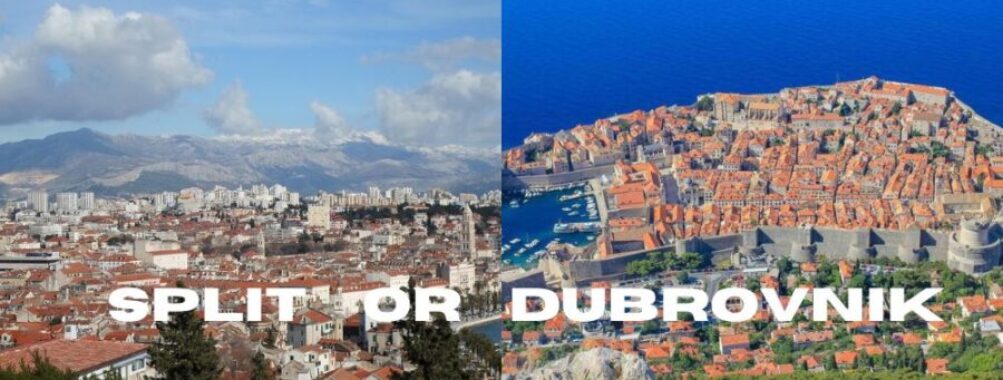
Split vs Dubrovnik: Which Croatian Coastal Gem Offers the Better Mediterranean Experience?
Croatia’s stunning Dalmatian Coast offers two incredible cities that draw visitors from around the world – Split and Dubrovnik. These ancient coastal gems share many similarities, from their cobblestone streets to their terracotta rooftops, yet each has its own distinct character.
Split is more budget-friendly and centrally located for island hopping, while Dubrovnik offers more dramatic scenery and a more touristy atmosphere with its famous medieval walls. The larger city of Split sees about 900,000 tourists yearly, compared to Dubrovnik’s 1.4 million visitors who flock to see its limestone streets and Game of Thrones filming locations.
The price gap between these cities continues to shrink as Split’s costs rise faster than Dubrovnik’s. Both cities now charge similar prices for basics like coffee, beer, and ice cream in their historic centers, making the choice between them more about personal travel style than budget concerns.
Contents
- Geography and Accessibility
- Location on the Croatian Coast
- Transport and Connectivity
- Historical Significance
- Ancient City of Split
- Dubrovnik’s Old Town
- Accommodation Options
- Staying in Split
- Hotels in Dubrovnik
- Cultural Experiences
- Split’s Day-to-Day Life
- Dubrovnik’s Festivities and Traditions
- Entertainment and Nightlife
- Split’s Social Scene
- Dubrovnik After Dark
- Recreational Activities
- Beach Life and Water Sports
- Hiking and Natural Parks
- Tourism Dynamics
- Seasonal Considerations
- Tourist Volume Comparison
- Day Trips and Extended Excursions
- From Split
- From Dubrovnik
- Dining and Cuisine
- Split’s Seafood and Markets
- Dubrovnik’s Restaurant Scene
- Lodging and Budgeting
- Cost Effective Stays
- Luxury Accommodations
- Frequently Asked Questions
- What distinguishes nightlife in Split from that in Dubrovnik?
- Which destination is recommended for families, Split or Dubrovnik?
- For a romantic getaway, do couples prefer Split or Dubrovnik and why?
- How do the beaches in Split compare to those in Dubrovnik in terms of beauty and amenities?
- Between Split and Dubrovnik, which city offers a more cost-effective experience?
- What is the recommended duration of stay for visitors in Split and Dubrovnik to explore the cities fully?
- More Travel Guides
Geography and Accessibility
Split and Dubrovnik sit at different points along Croatia’s stunning Dalmatian coast, each offering unique travel connections and geographic advantages for visitors exploring the region.
Location on the Croatian Coast
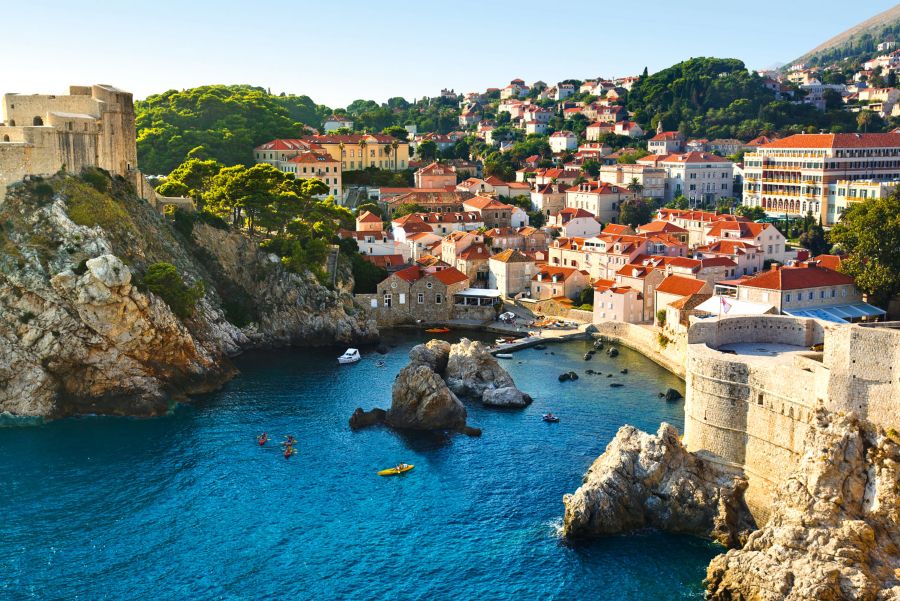
Split sits roughly halfway up Croatia’s coastline, nestled in a protected bay. Its central position makes it perfect for exploring both northern and southern parts of the country. The city spreads across a peninsula with the famous Marjan Hill on one end and the harbor on the other.
The ancient streets wrap around the slopes, giving Split a mix of flat and hilly areas to explore. The city faces several islands, including Brač and Hvar, which are easy to visit on day trips.
Dubrovnik sits at Croatia’s southern tip, almost touching Montenegro. The city perches dramatically on cliffs above the Adriatic Sea. Its famous walls hug the coastline, with the deep blue waters on one side and rugged mountains on the other.
Transport and Connectivity

Split’s transport hub status makes it super easy to reach. The city’s airport handles lots of flights from across Europe, with regular connections to major cities. The main bus station and ferry port sit right next to each other in the city center.
Buses and ferries link Split to countless islands and coastal towns. The train station connects to Zagreb and other inland spots.
Dubrovnik’s airport welcomes many seasonal flights, though fewer than Split in winter. The main bus station sits outside the Old Town, with regular services to other Croatian cities and neighboring countries.
Getting around Dubrovnik means dealing with more hills and stairs than Split. The Old Town bans cars, so walking is the main way to explore.
Historical Significance
Both Split and Dubrovnik stand as living museums of Croatia’s past, with ancient buildings and medieval architecture that tell stories spanning thousands of years. These coastal gems hold UNESCO World Heritage status for their remarkable preservation of different historical periods.
Ancient City of Split
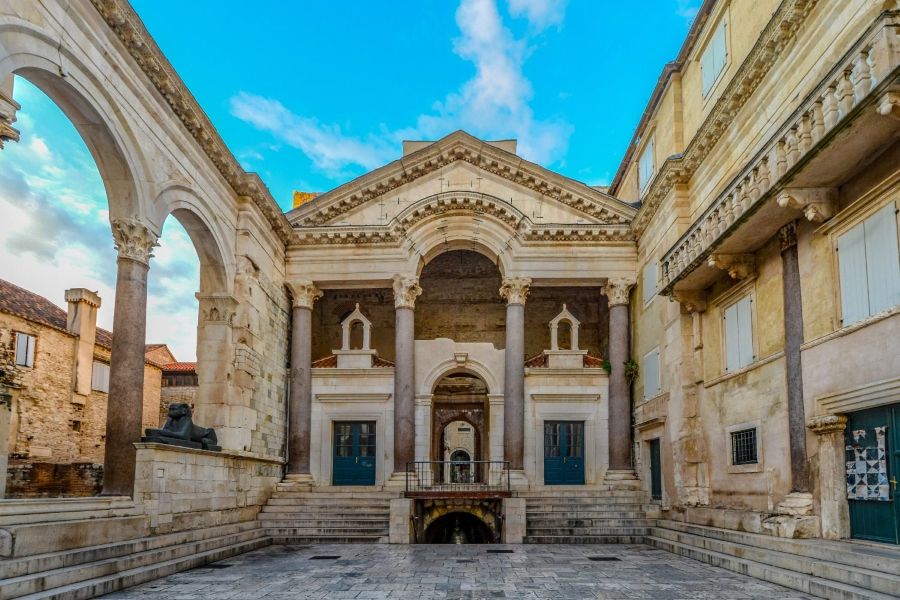
Split’s history goes back to the 3rd century BC as a Greek colony. The city’s crown jewel is Diocletian’s Palace, built in 305 AD as a retirement home for the Roman Emperor Diocletian. This massive palace complex now forms Split’s living heart.
The palace walls stretch across 30,000 square meters and blend Roman, Gothic, and Renaissance styles. Local life thrives inside these ancient walls, with shops and homes filling spaces where Roman guards once stood.
What makes Split unique is how modern life meshes with history. Residents live in apartments built into palace walls that are 1,700 years old. Ancient Roman columns pop up next to coffee shops.
Dubrovnik’s Old Town

Dubrovnik’s story started in the 7th century when the first settlers built homes on a rocky coastline. The city grew into a powerful maritime republic known as Ragusa during medieval times.
The famous city walls, built between the 12th and 17th centuries, stretch 1.9 kilometers around the Old Town. These defensive structures helped Dubrovnik stay independent for centuries.
The limestone streets and baroque buildings create a perfect medieval scene. The main street, Stradun, features uniform stone houses built after a major earthquake in 1667.
Many historic buildings survived intense shelling in 1991 during Croatia’s war for independence. Today, careful restoration keeps Dubrovnik’s medieval charm intact for visitors to explore.
Accommodation Options
Both Split and Dubrovnik offer diverse places to stay, from luxury hotels to budget-friendly apartments. Dubrovnik tends to have more upscale options, while Split provides better value for money.
Staying in Split
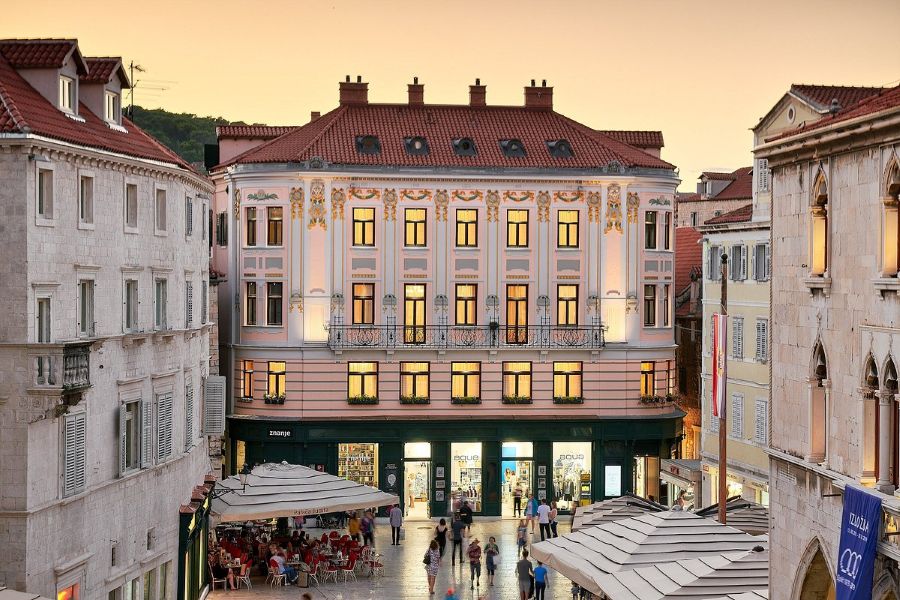
Split welcomes travelers with wallet-friendly choices spread across its historic center and beyond. Most apartments and guesthouses sit within walking distance of Diocletian’s Palace, making it easy to explore the main sights.
Budget travelers can find clean, comfortable hostels starting at $20 per night. Mid-range apartments run $50-100 and often include kitchenettes to help save on food costs.
The city has fewer luxury hotels than Dubrovnik, but gems like Palace Elisabeth stand out. This 5-star heritage hotel blends modern comforts with historic architecture.
Hotels in Dubrovnik
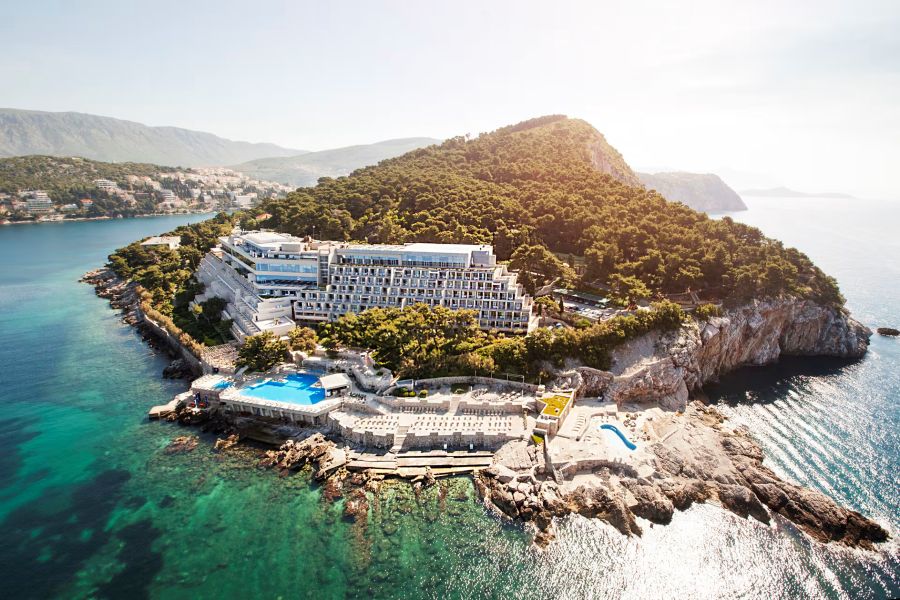
Dubrovnik shines with its upscale beachfront resorts and boutique properties inside the old town walls. The city boasts over 30 beach hotels compared to Split’s two.
Room rates climb higher than Split, especially in peak season. Basic double rooms start around $150 per night, while luxury stays can exceed $500.
Many hotels offer stunning views of the Adriatic Sea and old town rooftops. Top picks include restored heritage buildings turned into intimate boutique hotels within the walls.
The Ploče area just east of old town provides a peaceful setting with some of the best sea views. Most luxury properties cluster in this upscale neighborhood.
Cultural Experiences
Both Split and Dubrovnik offer rich cultural experiences that blend ancient traditions with modern life. The cities keep their historic roots alive through unique festivals, local customs, and amazing food scenes.
Split’s Day-to-Day Life
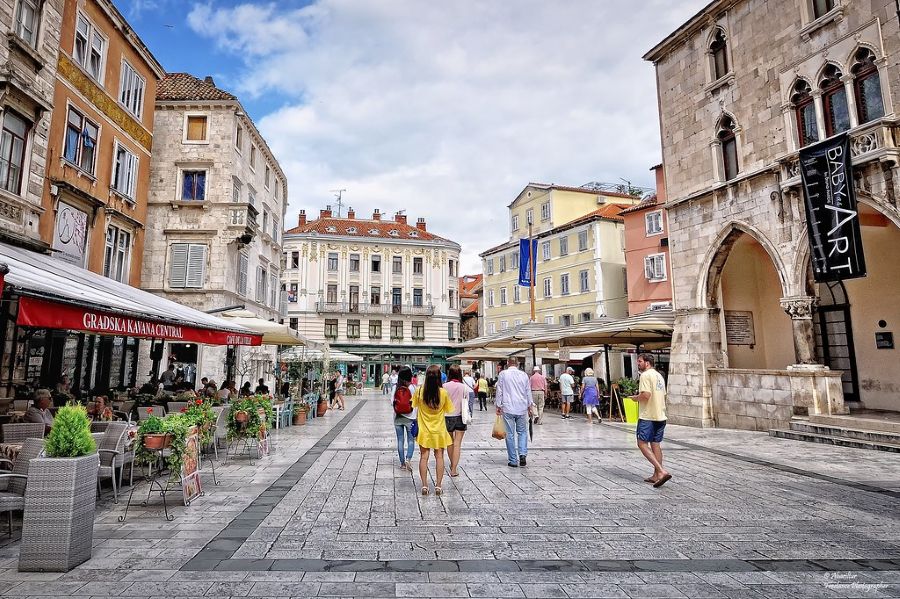
The streets of Split pulse with a lively mix of locals and tourists. People gather at coffee shops in Diocletian’s Palace, sipping espresso and playing picigin (a local beach ball game) at Bačvice Beach.
The Split Summer Festival transforms the city into an open-air stage. Theater performances and concerts take place in ancient Roman ruins, creating magical evenings under the stars.
The food scene centers around the bustling Green Market. Local specialties like pašticada (braised beef in sweet sauce) and fresh seafood are must-tries. Small konobas (traditional restaurants) serve house-made wines and grilled fish caught that morning.
Dubrovnik’s Festivities and Traditions
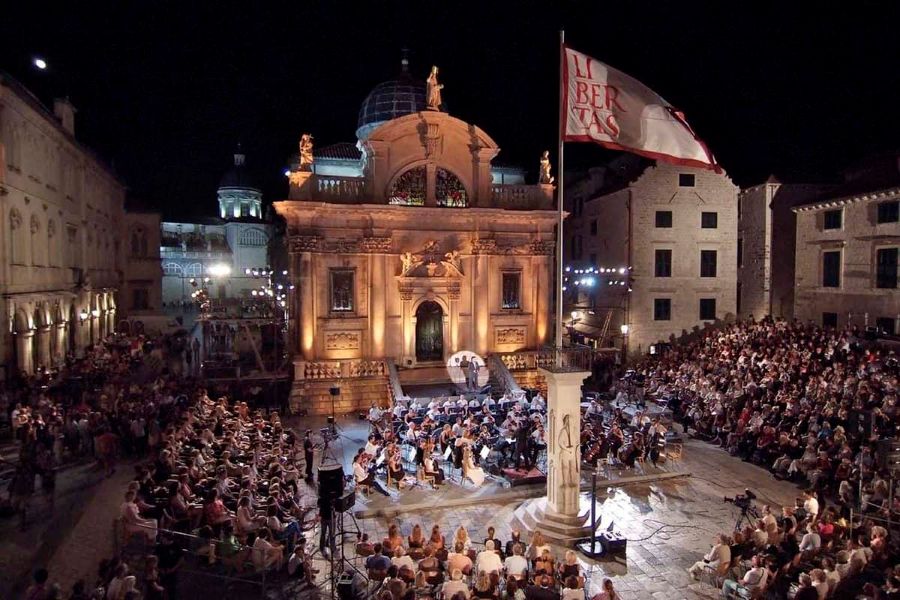
The Dubrovnik Summer Festival brings world-class performances to stunning venues like Fort Lovrijenac. Musicians and actors perform against backdrops of medieval walls and the sparkling Adriatic.
Traditional klapa singing groups perform in the limestone streets. These a cappella groups keep ancient Dalmatian musical traditions alive.
The city’s wine bars showcase local varieties from nearby Pelješac peninsula. Many restaurants pair regional wines with fresh oysters from Mali Ston Bay.
Street festivals celebrate local customs throughout the year. The Feast of St. Blaise honors the city’s patron saint with parades, traditional costumes, and special foods like mantala (candied orange peel).
Entertainment and Nightlife
Both cities offer unique after-dark experiences, but they cater to different types of travelers. Split buzzes with modern energy and dance clubs, while Dubrovnik charms visitors with cozy bars and relaxed evening entertainment.
Split’s Social Scene
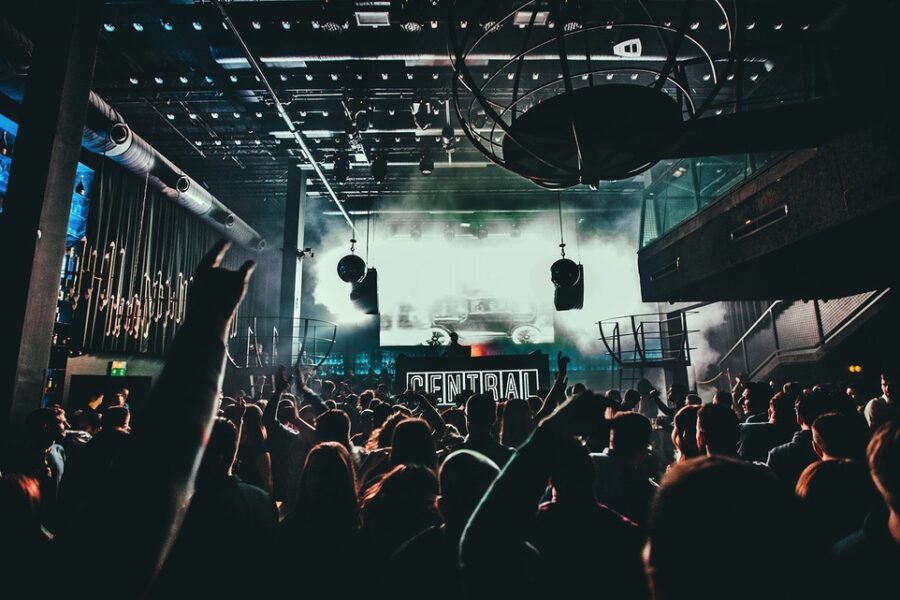
Split shines as Croatia’s party capital. The city’s waterfront promenade transforms into a bustling nightlife hub after sunset. Young travelers flock to beach clubs along Bačvice Beach, where summer parties often last until sunrise.
Popular clubs like Central and Vanilla host international DJs and themed events. Bar crawls through the ancient streets mix history with fun – you’ll sip drinks in venues built into 2,000-year-old Roman walls.
The Riva waterfront fills with street performers and musicians in warm months. Local bars serve rakija (fruit brandy) while playing a mix of Croatian and international music.
Dubrovnik After Dark
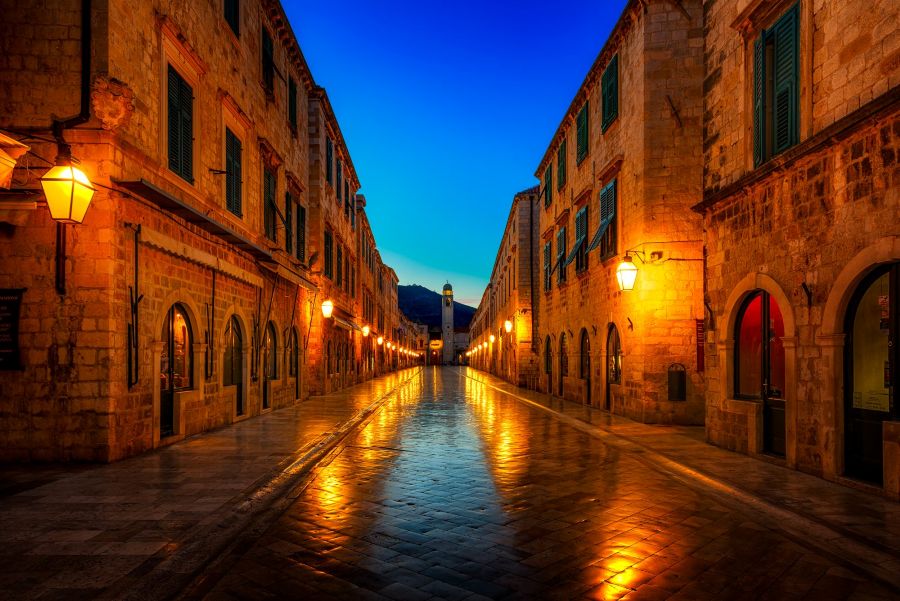
Dubrovnik offers a more laid-back evening scene. The Stradun, the main street of Old Town, comes alive with café culture as the sun sets. Wine bars tucked into medieval alleys serve local Croatian varieties.
Several bars have gained fame from Game of Thrones filming locations. Grab a drink at Buzz Bar or Cave Bar More – built inside a natural grotto.
Live music venues like Culture Club Revelin, set in a 16th-century fortress, host occasional electronic music nights. Most visitors prefer relaxed evenings at rooftop bars overlooking the Adriatic or quiet drinks in Old Town’s atmospheric squares.
Recreational Activities
Split and Dubrovnik offer amazing outdoor activities along the stunning Dalmatian Coast. Each city provides unique spots for swimming, sports, and exploring nature.
Beach Life and Water Sports
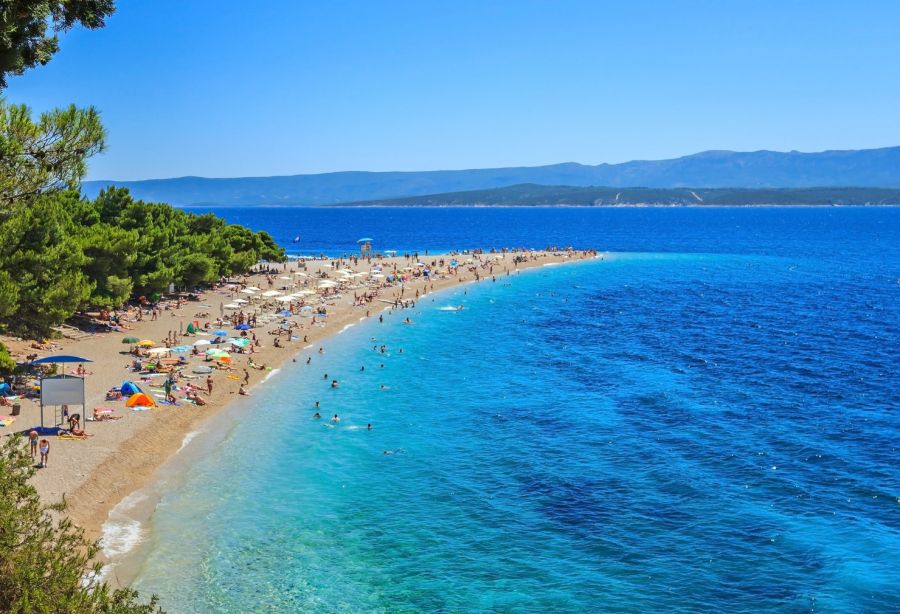
The beaches near Split are perfect for swimming and sunbathing. Bačvice Beach stands out as a local favorite with its shallow waters and sandy shore. You’ll often see people playing picigin, a unique ball game that started right here in Split.
Several beaches sit close to Dubrovnik’s Old Town walls. Banje Beach gives you amazing views of the city while you swim or try water sports like kayaking and jet skiing.
Both cities have crystal-clear waters that are great for snorkeling. You can rent equipment from local shops and explore the underwater world right off the beach.
Hiking and Natural Parks
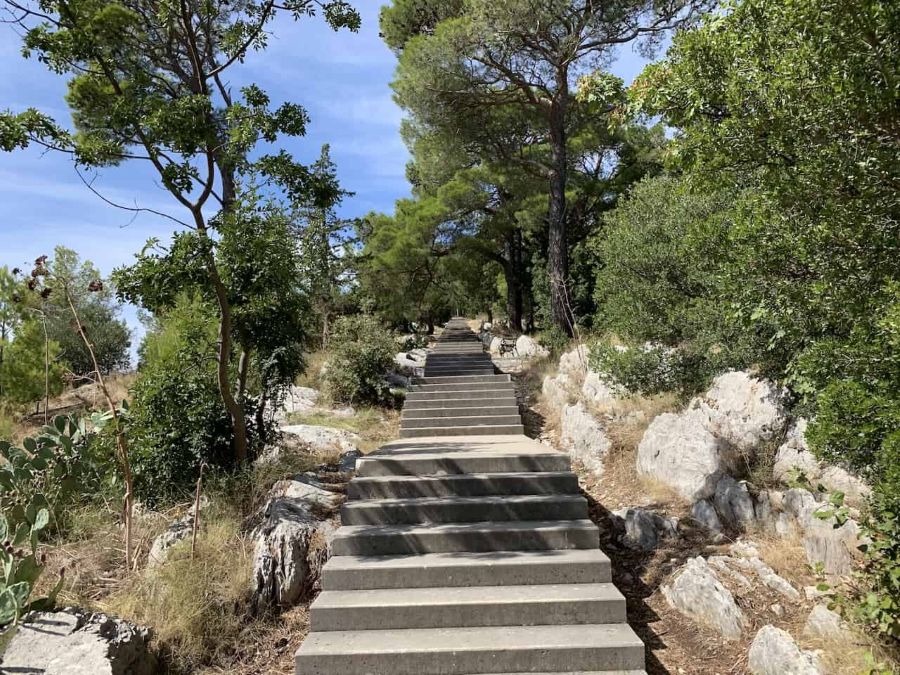
Marjan Hill in Split is a green oasis filled with walking trails and lookout points. The pine-covered peninsula rises above the city and offers spectacular views of the harbor and islands.
The paths are well-marked and suitable for all fitness levels. You’ll find benches and rest spots along the way where you can take in the scenery.
Near Dubrovnik, Mount Srđ provides challenging hikes with rewarding views. Take the trail up or ride the cable car to enjoy panoramic views of the Old Town and Elaphiti Islands.
The hills around both cities have shaded paths that are perfect for morning walks or sunset strolls. Many trails connect to small beaches and hidden coves.
Tourism Dynamics
Both Split and Dubrovnik attract masses of tourists to Croatia’s stunning Adriatic coast, with each city offering distinct visitor experiences throughout the year. The tourism patterns between these coastal gems vary in terms of seasonal peaks and visitor numbers.
Seasonal Considerations
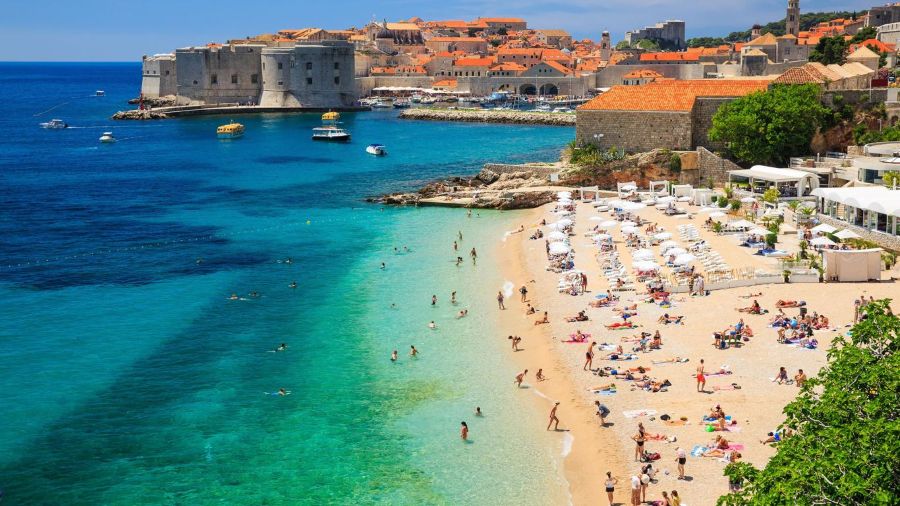
The peak tourist season runs from June through August, when temperatures soar and crowds pack the narrow streets of both cities. July and August can be especially intense, with temperatures reaching 30°C (86°F).
Spring (April-May) and fall (September-October) bring milder weather and fewer tourists. These shoulder seasons offer a more relaxed atmosphere for exploring the historic sites and enjoying local life.
Winter brings a quieter atmosphere to both cities. Many restaurants and tours operate on reduced schedules from November to March. Split stays more active year-round due to its larger local population.
Tourist Volume Comparison
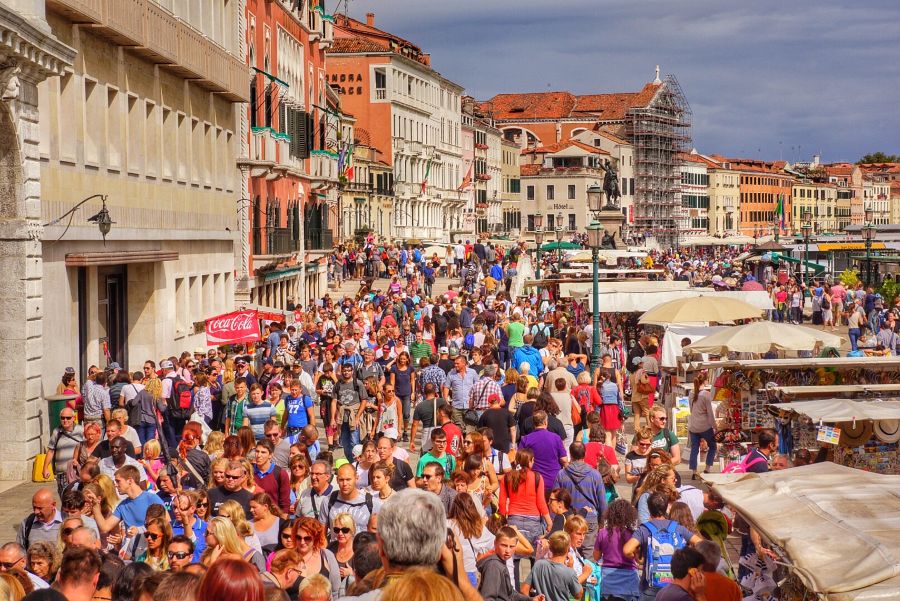
Dubrovnik welcomes about 1.4 million visitors annually, while Split receives around 900,000 tourists. This difference becomes very noticeable during peak season.
The Game of Thrones effect has made Dubrovnik’s Old Town extremely busy during summer days. Cruise ships can bring up to 10,000 extra visitors daily between 10 AM and 4 PM.
Split’s tourism feels more spread out thanks to its larger size. The Diocletian’s Palace area gets crowded, but not as intensely as Dubrovnik’s walled city.
The best times to visit either city are:
- May and September: Perfect weather, moderate crowds
- April and October: Lower prices, mild temperatures
- Early mornings/evenings: Fewer day-trippers
Day Trips and Extended Excursions
Both Split and Dubrovnik serve as perfect launching points for amazing adventures along Croatia’s stunning coastline and into neighboring countries.
From Split
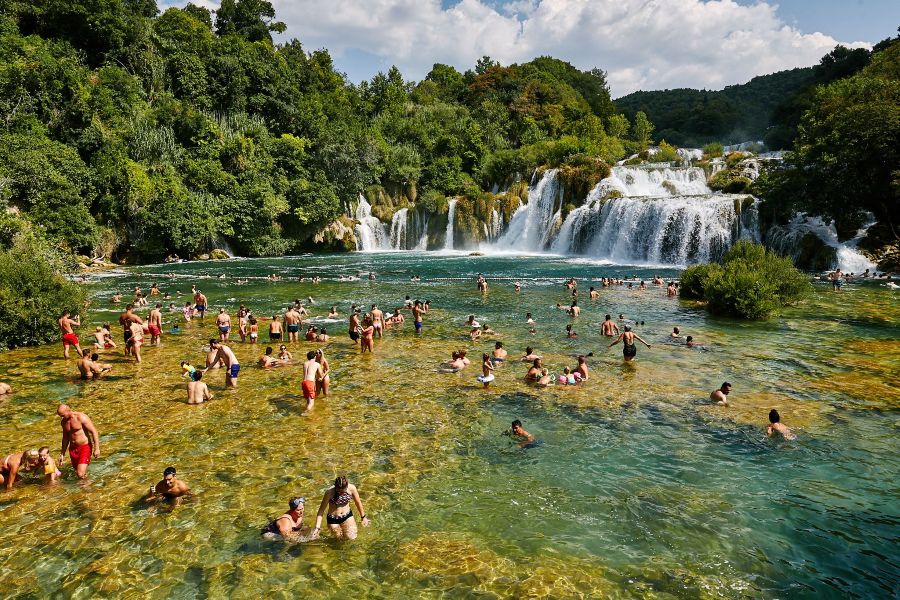
Book day trips and tours to the charming UNESCO town of Trogir, just 30 minutes away. Its medieval streets and seaside promenade make it perfect for a half-day visit.
The island of Hvar draws visitors with its lavender fields and crystal-clear beaches. Travelers can reach it by ferry in under an hour.
Krka National Park offers an escape into nature with its magnificent waterfalls and swimming spots. The park stays less crowded than Plitvice Lakes, making it ideal for photography.
Šibenik’s St. James Cathedral and fortress views deserve a visit. Many tourists combine it with a Krka trip.
From Dubrovnik
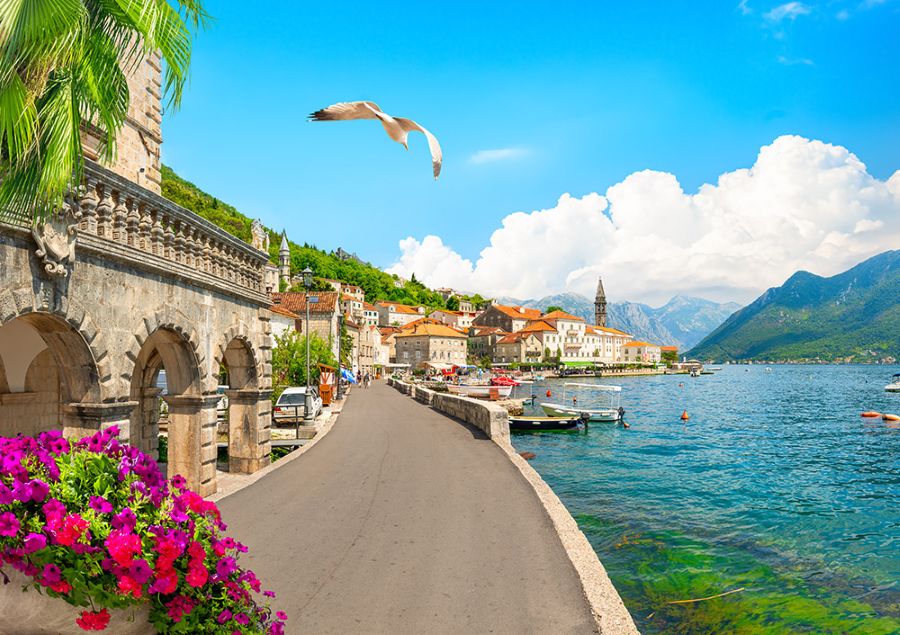
Montenegro makes an excellent coastal excursion with its Bay of Kotor and medieval towns. The drive takes about 2 hours each way.
Mostar in Bosnia and Herzegovina captivates visitors with its famous bridge and Turkish bazaar. Most tours spend 3-4 hours in the city.
The Elaphiti Islands provide a peaceful escape from busy Dubrovnik. Lopud, Koločep, and Šipan each offer unique beaches and walking trails.
Mljet National Park’s salt lakes and pine forests make for a refreshing day trip. Visitors can bike, swim, or kayak around the park.
Dining and Cuisine
Both Split and Dubrovnik offer amazing food experiences centered around fresh seafood and Mediterranean flavors, but each city brings its own unique dining culture to the table.
Split’s Seafood and Markets
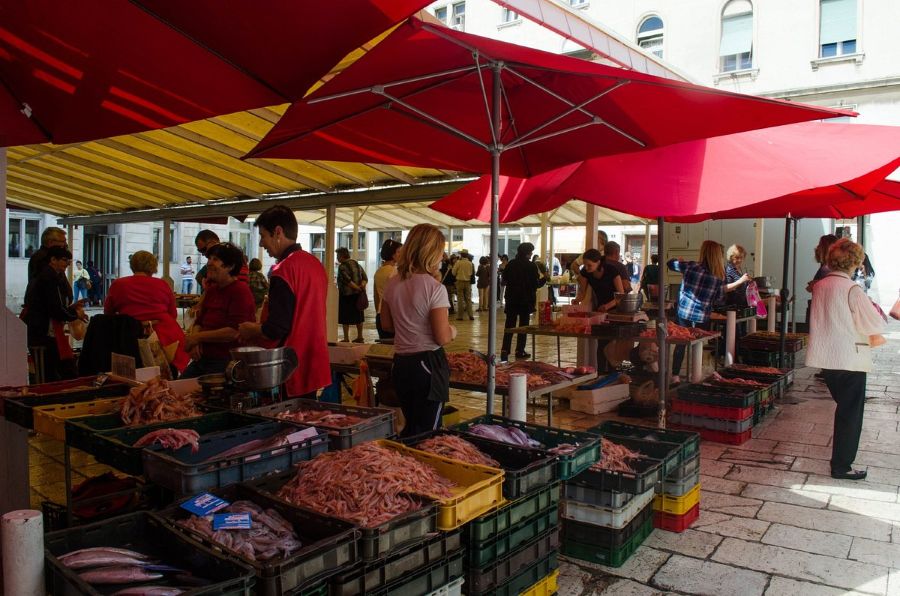
Split’s dining scene revolves around its famous fish market (Ribarnica) and green market (Pazar). These bustling markets open early each morning with local fishermen and farmers selling their fresh catches and produce.
The city’s restaurants focus on simple, traditional Dalmatian cooking. Fresh grilled fish drizzled with local olive oil is a must-try specialty. Many family-run konobas (traditional restaurants) serve dishes like black risotto made with cuttlefish ink and pašticada – a slow-cooked beef dish in sweet sauce.
Small wine bars scattered through the old town offer excellent Croatian wines paired with platters of local cheese and prosciutto. Food tours take visitors through the markets and teach about Split’s cooking traditions.
Dubrovnik’s Restaurant Scene
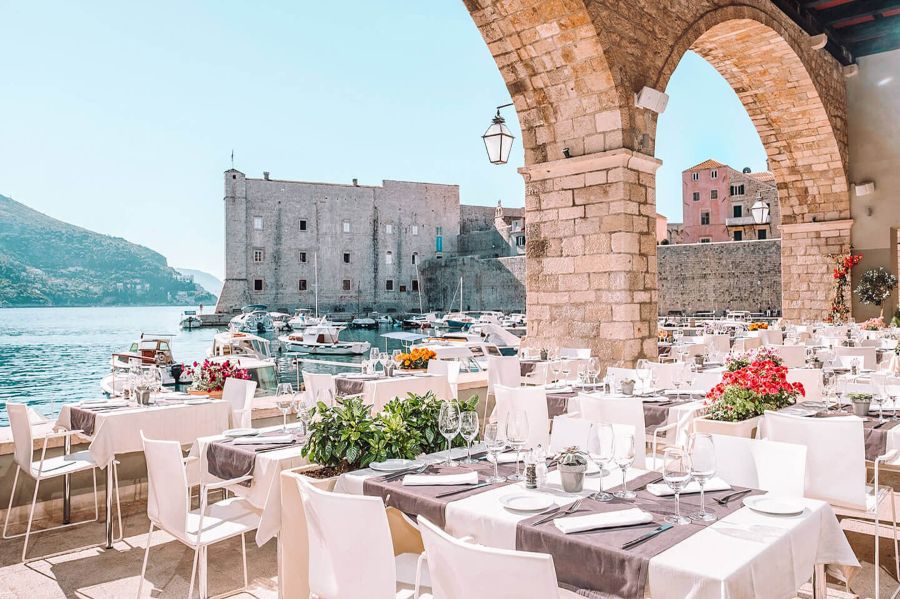
Dubrovnik’s dining options lean more upscale, with several Michelin-guide restaurants tucked within the city walls. Panoramic terrace restaurants offer stunning views alongside fresh seafood and local specialties.
The catch of the day features prominently on menus, especially grilled fish and octopus salad. Many restaurants source ingredients from nearby Konavle Valley‘s farms and vineyards.
Seafood lovers should try the black mussels in white wine sauce or fresh oysters from nearby Ston. The city also has excellent options for modern fusion cuisine and international dishes.
Several restaurants offer cooking classes where you can learn to prepare traditional dishes.
Lodging and Budgeting
Split and Dubrovnik offer different price points for travelers. Split tends to be more budget-friendly for lodging, while Dubrovnik commands premium rates due to its popularity.
Cost Effective Stays
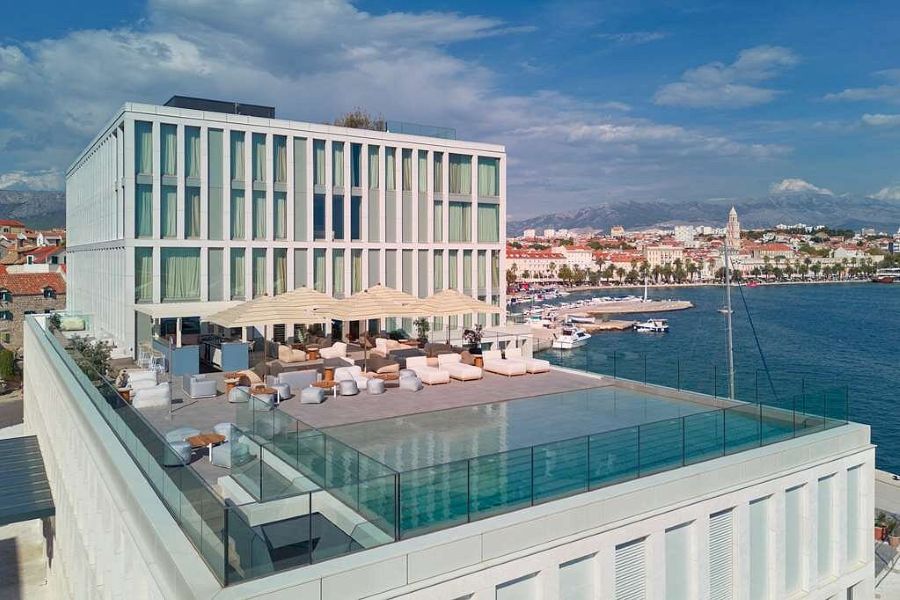
Split stands out as the more affordable choice, with rooms typically costing 30-40% less than similar options in Dubrovnik. Find affordable accommodations in both cities range from hostels to rental apartments.
Split’s neighborhoods like Varoš and Bačvice provide good value stays near the city center. A mid-range hotel room costs around £80-120 per night.
Dubrovnik’s budget options are limited, especially during peak season. Staying outside the Old Town walls saves money, with areas like Lapad offering better rates.
Luxury Accommodations
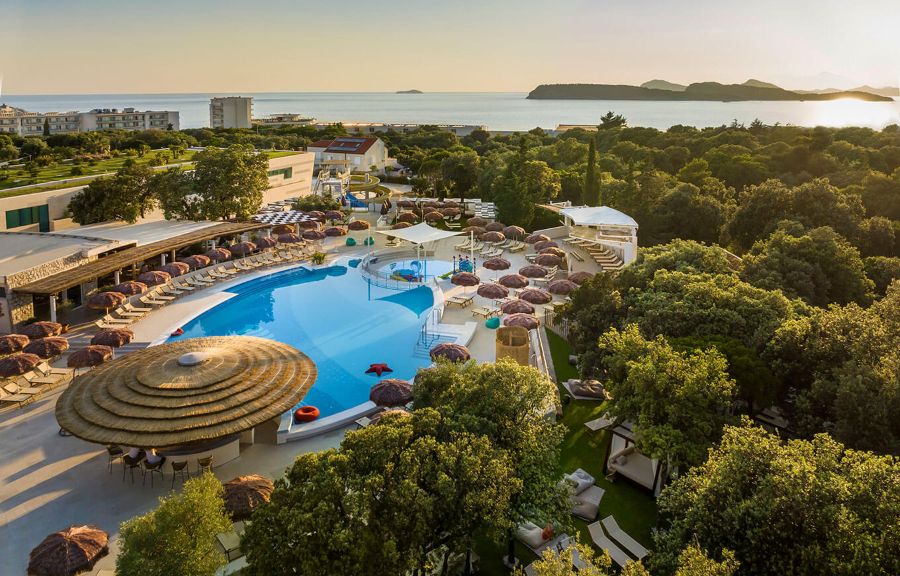
Dubrovnik excels in high-end lodging, with five-star hotels charging £200-300 per night in peak season. Many luxury properties feature stunning sea views and world-class amenities.
The Old Town hosts exclusive boutique hotels in historic buildings. These provide unique experiences but come at premium prices of £2000-3000 per week.
Split’s luxury market is growing but remains more modest. Five-star properties average £1500 per week, offering similar quality at lower prices than Dubrovnik.
Modern beachfront resorts in Split provide upscale amenities without the steep Dubrovnik markup.
Frequently Asked Questions
Travelers often want specific details about key differences between Split and Dubrovnik. These two cities offer unique experiences in nightlife, family activities, romantic spots, beaches, costs, and recommended visit lengths.
What distinguishes nightlife in Split from that in Dubrovnik?
Split offers a more diverse and energetic nightlife scene with many bars and clubs spread across the city center. The Bacvice area comes alive at night with beach parties and outdoor venues.
Dubrovnik’s nightlife is more laid-back and sophisticated. Most bars are located within the Old Town walls, offering wine tastings and cocktail lounges with sea views.
Which destination is recommended for families, Split or Dubrovnik?
Split is ideal for families with its large pedestrian zones and spacious beaches. The Marjan Hill park provides plenty of space for kids to run around and explore nature trails.
Dubrovnik can be challenging with young children due to its many stairs and crowded streets. The cable car ride and city walls walk are fun family activities, but the compact nature of the city makes it less kid-friendly.
For a romantic getaway, do couples prefer Split or Dubrovnik and why?
Dubrovnik wins for romance with its candlelit restaurants tucked into medieval alleys and stunning sunset views from the city walls. The nearby Lokrum Island makes a perfect spot for private picnics.
Split offers romantic moments too, with evening walks along the Riva promenade and intimate dining spots in the palace ruins.
How do the beaches in Split compare to those in Dubrovnik in terms of beauty and amenities?
Split’s beaches are larger and sandier, with Bacvice Beach offering shallow waters perfect for swimming. Most beaches have rental chairs, umbrellas, and nearby cafes.
Dubrovnik’s beaches tend to be pebbly or rocky. Banje Beach, the main city beach, gets crowded but offers amazing Old Town views. The water is crystal clear at both locations.
Between Split and Dubrovnik, which city offers a more cost-effective experience?
Split tends to be cheaper for accommodations, meals, and activities. Local markets and affordable restaurants are easy to find throughout the city.
Dubrovnik’s prices rise during peak season, especially within the Old Town. Food, tours, and hotels can cost 20-30% more than in Split.
What is the recommended duration of stay for visitors in Split and Dubrovnik to explore the cities fully?
You should spend three to four days in Split. This allows you to explore Diocletian’s Palace, visit beaches, and take day trips to nearby islands.
For Dubrovnik, plan to spend two to three days. This is enough time to walk the city walls, visit main attractions, and enjoy the beaches. Add an extra day if planning island excursions.
